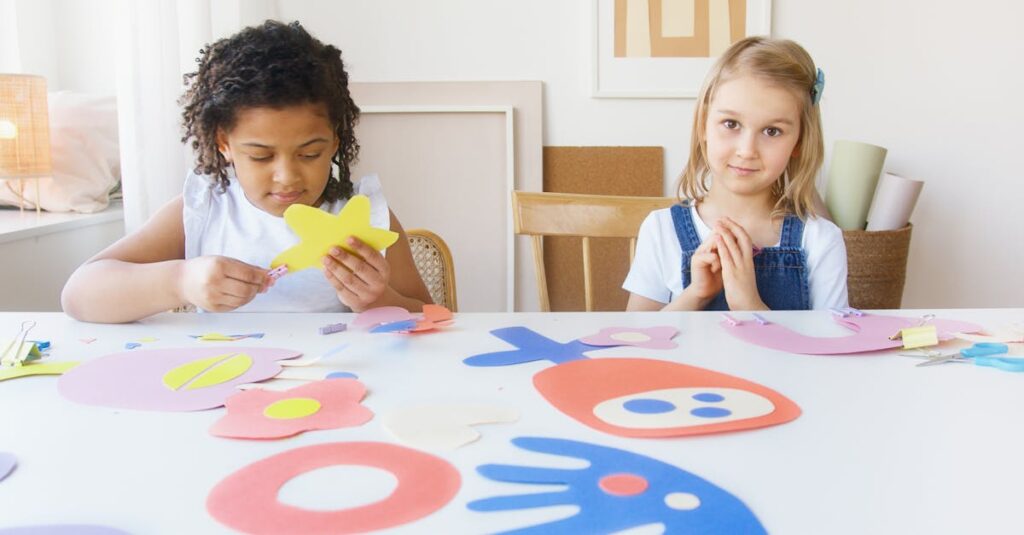Understanding Sodom and Gomorrah With Little Ones
Explaining heavy stories like Sodom and Gomorrah to preschoolers can be challenging. Yet, it’s possible to transform them into bedtime stories that focus on kindness and safety lessons.
Introducing young kids to these tales should be gentle and relatable. Here are a few strategies to simplify the story’s complexity:
- Center around themes of right and wrong.
- Use storytelling to help them understand behaviors and consequences.
- Highlight the importance of making good choices.
Kids are perceptive, and storytelling can help them grasp these important lessons. A humorous personal anecdote about when you shrunk your favorite sweater while trying to help can illustrate mistakes with love and humor. This way, you can make them laugh but also encourage them to ponder ideas of rightfulness and safety.
Teaching Lessons of Kindness and Safety
Focusing on lessons can be more vital than the story’s hardships. Discuss how kindness and listening to wise advice shape our world positively. This story presents two cities that didn’t follow good paths, but the message doesn’t need to be dark for kids.
Instead, bring out examples of positive behavior, such as:
- Sharing toys in the sandbox
- Using kind words
By emphasizing positive actions, children learn naturally. Draw parallels with beloved children’s characters who always seem to find the sunny side, guiding youngsters to be kind and cooperative. This approach helps nurture empathy and understanding in their hearts from an early age.
By cultivating kindness and a safe environment, we prepare children to thrive in a world filled with challenges while holding onto the values that truly matter.
Crafting Engaging Stories for Bedtime
To make these stories engaging, create exciting narratives with characters your child loves. Give the angels, who are pivotal in the Sodom and Gomorrah tale, playful and relatable traits. Maybe they love to eat pickles or bake cookies for friends!
Transforming biblical people into figures kids understand can capture their imagination. Parents can ask children to predict the story’s outcome mysteriously, keeping the attention focused. Maybe mention that time you made a cake that ended up more ‘interesting’ than tasty to draw parallels to how surprises can be funny.
This way, biblical tales become delightful bedtime adventures.
Handling Tough Questions with Love
Handling questions is crucial. Kids’ imaginations are vast, and something new will always spark their curiosity. Always reassure them if the story raises concerns or fears. Acknowledge their feelings and offer comforting explanations or analogies.
For example: Thunder seems scary but is just a cloud party!
Highlight the protective roles in the story, showing that divine presence is about safety, much like an umbrella in the rain.
Encourage Their Interest
Engage with your children by asking:
- What would they do if they were an adventurous character in the tale?
This interaction ensures young ones feel secure and intrigued rather than worried.
Making Storytime Interactive and Fun
Interactive storytime is a golden opportunity to instill valuable lessons playfully. Here are some engaging ideas to make storytime more exciting:
- Use Props: Incorporate items like stuffed animals to represent different characters, making stories come to life.
- Involve the Audience: Have them guess what happens next or re-enact scenes as the story unfolds.
- Visual Aids: Picture books or simple pop-ups can further immerse them in the narrative.
Additionally, parents can enhance the experience by creating story-related activities. Some ideas include:
- Coloring Activities: Coloring angels or happy cities related to the story.
- Incorporating Music: Include songs or dances that tie into the story’s theme, sparking creativity and learning.
Encourage children to express how they’d act differently, nurturing their critical thinking. This transforms a biblical lesson into a cherished living room play filled with giggles and valuable insights.
Encouraging Multiple Story Readings
Encouraging multiple readings can deepen understanding and reinforce values. Each retelling can focus on a different segment or character, revealing new lessons or fun facts. Kids love repetition; it aids memory and comprehension. Let the child lead sometimes, guiding the storytelling if they want to be creative directors!
Engage in dialogue about the story and listen to their interpretations. Perhaps one day the angel bakes cookies, or another time invent a rainbow slide! Celebrating their unique spins keeps storytime fresh and exciting.
Parents can discover family bonding moments each night, making it a joyful, shared journey of growth.

